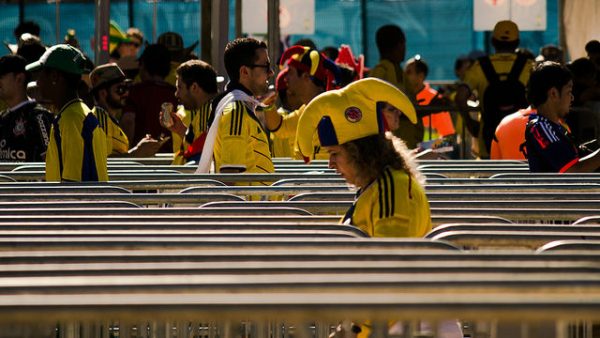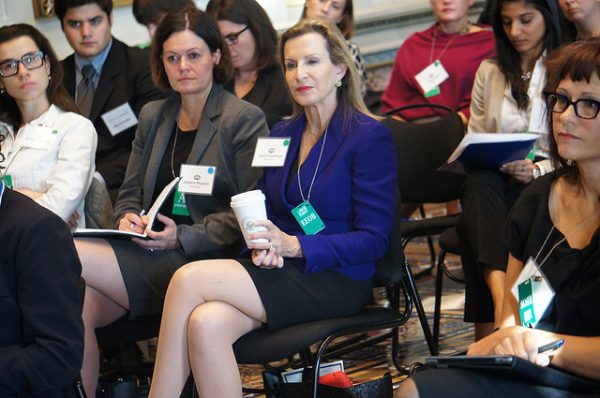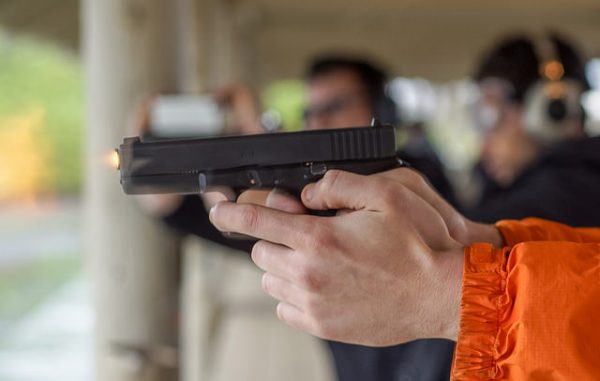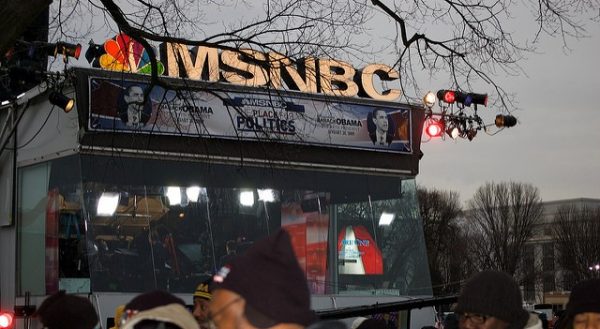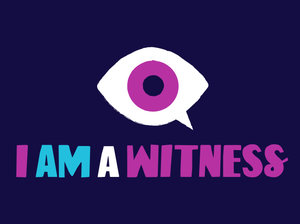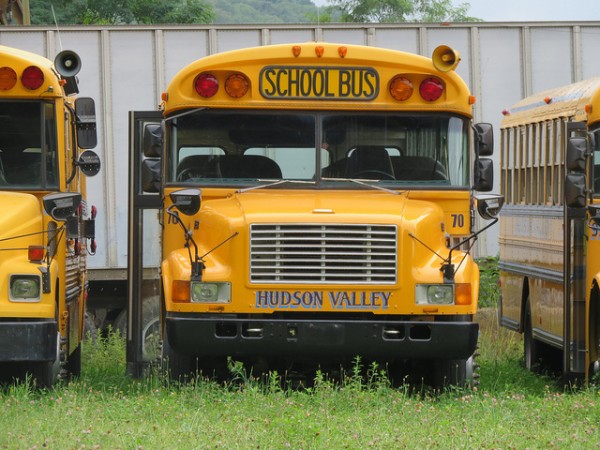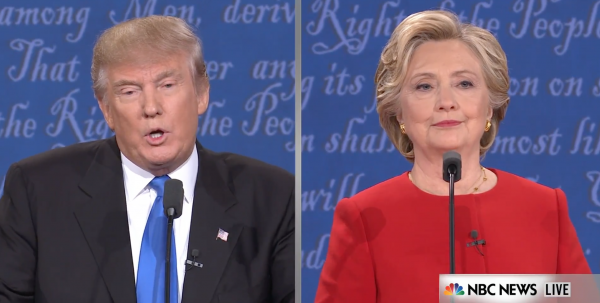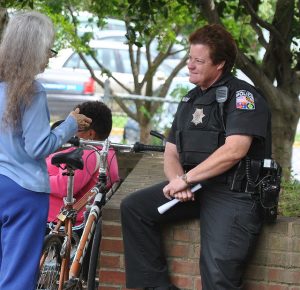
Protests broke out throughout Tulsa, Oklahoma the night an unarmed black man, Terence Crutcher, was shot and killed by a white female police officer, Betty Shelby. Police killings have surged in mainstream media since the 2014 shooting deaths of young black men like Michael Brown and Eric Garner, shootings that have overwhelmingly involved male law enforcement officials. As a result, female police officers and the likelihood that they will use unnecessary force have largely been excluded from the conversation.
Findings in this area, however, are mixed. Some report that there are no significant differences between use of force by men and women when making arrests, except for the fact that use of force encounters for women were slightly less likely to employ a weapon and produce injury. Others, however, noted that female police officers are less likely to use force and suggest that a greater female presence may reduce violent interactions with citizens.
- Peter B. Hoffman and Edward R. Hickey. 2005. “Use of Force by Female Police Officers.” Journal of Criminal Justice 33(2): 145-151.
- Amie M. Schuck and Cara Rabe-Hemp. 2005. “Women Police: The Use of Force by and Against Female Officers.” Women & Criminal Justice 16(4): 91-117.
The last several decades have witnessed a rise in female officers in law enforcement agencies. Consequently, social scientists have addressed the gendered assumptions about women’s competence in handling tasks traditionally considered masculine. Institutional norms in policing often require a great deal of “emotional labor” that differ based on an officer’s gender. Women officers are expected to display little outward signs of emotion in their interactions with citizens, and yet are commonly still assigned policing tasks that tend to be devalued as feminized and judged as appropriate for women officers, such as administrative duties and community policing.
- Susan Ehrlich Martin. 1999. “Police Force or Police Service? Gender and Emotional Labor.” The Annals of the American Academy of Political and Social Science 561: 111-126.
- Christina DeJong. 2004. “Gender Differences in Officer Attitude and Behavior: Providing Comfort to Citizens.” Women & Criminal Justice 15(3-4): 1-32.
Some research suggests that female officers are more likely to be victimized themselves. One study finds that female police officers are not at an increased risk of experiencing victimization during police-citizen interactions, but that incidents involving interpersonal violence along with alcohol and/or drugs increases risks for women on the job.
- Cara E. Rabe-Hemp and Amie M. Schuck. 2007. “Violence Against Police Officers: Are Female Officers at Greater Risk?” Police Quarterly 10(4): 411-428.

